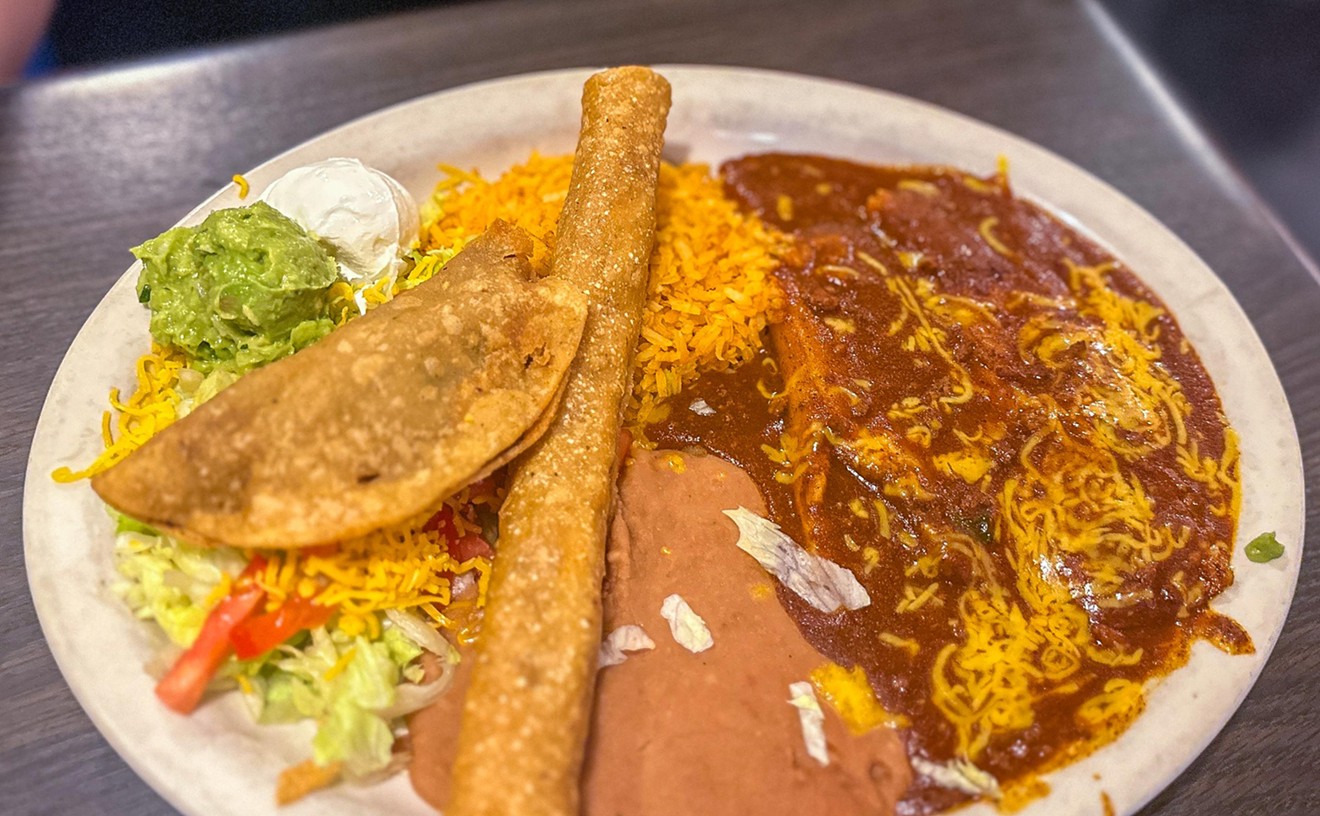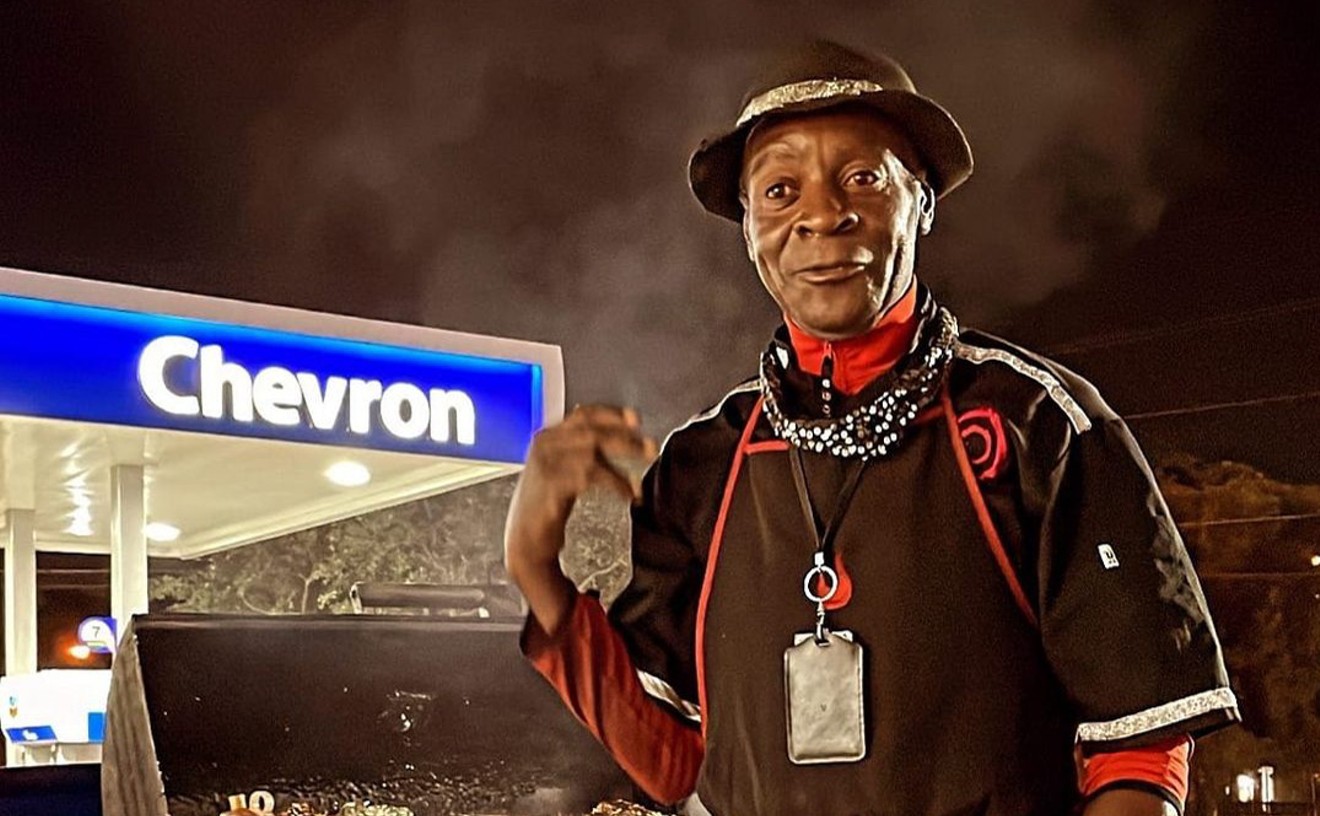Generally when people sit down to discuss whisky, the conversation settles around the single malts of Islay, Speyside or the rare and unique brands from Campbeltown. But the overwhelming majority of scotch whisky sold around the world consists of blends--up to 50 different malts making up a single bottle.
Indeed, the best known labels are blended: Ballantine's, Johnnie Walker, Teacher's, Dewar's, Famous Grouse and the like--which rather makes sense. Historian and novelist Reay Tannahill once pointed out that the desire not to displease was more powerful and profitable a motive than the desire to please and masters working for these big name brands work, year after year, to create a consistent, rather than a stand out, product.
Still, though single malt aficionados discount blends, there is a lot of skill involved. It's not easy, after all, to produce the same Dewar's--over and over--when the flavor of each malt changes with every batch.
Take Johnnie Walker Black, a blend of 12 year old malts, along with grain alcohol, that generally includes some Talisker. It's often listed as the world's best selling whisky and the taste is smooth, with supple malt, honey and a burnished, peppery, character--all leading to a mineral finish. But it is also watery and sweet.
Or Dewar's 12 year, America's favorite whisky, presenting flavors so soft, they seem dull--lilting around heather and creamy wood, less aggressive in its sweetness than Walker, but not nearly as expressive.
Single malts vary with the season. As they rest, weather conditions affect their flavor. Distilleries may sell more barrels in a given year or less--or even none at all. So to generate the same sensation from year to year, the master distillers for Dewar's and Johnnie Walker must secure barrels of single malts aged at least 12 years and begin playing with various blends--sometimes using 50 different malts--until the find the right mix. They then smooth it out with some grain and set it aside so the malted whiskies "marry."
Really, you have to applaud the skill involved, if not the end result.
I sat down with bottles of these two brands--Johnnie Walker Black and Dewar's--last night. The former is harsher on the nose, with caramel and burnt cork coming through, as compared to Dewar's softer notes. On the other hand, Johnnie presents fuller, more masculine flavors. Neither, however, offer the interesting highs and lows of a good single malt.
And that's the point. These aren't complicated. They neither challenge nor offend. Blended malts are the fast food burgers of whisky--good for those times when you want a drink but really don't care about nuance, as long as it tastes like scotch.










